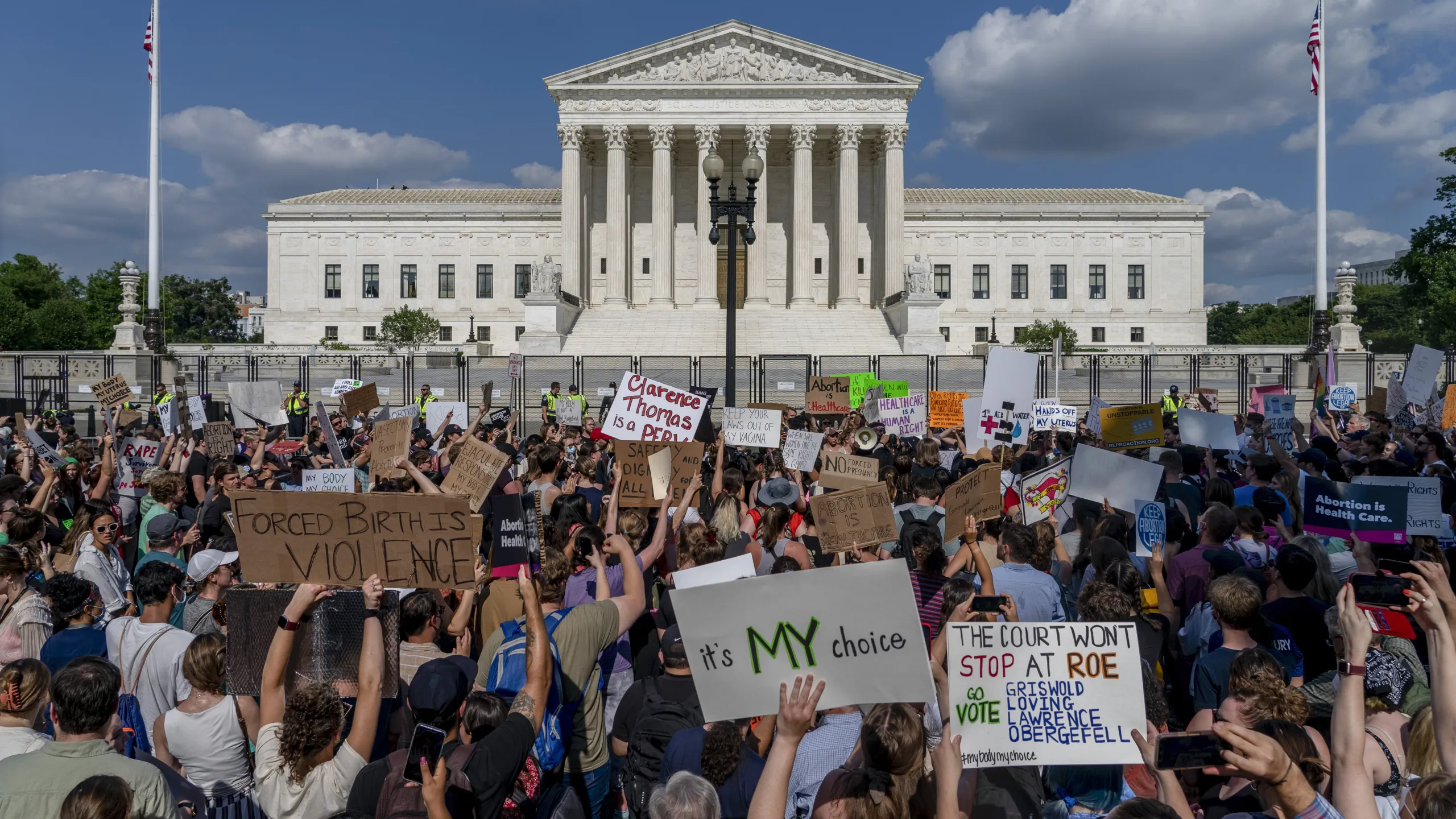U.S. Supreme Court decisions shape not only American law but also global alliances and the balance of power—revealing the deep interconnection of justice, legitimacy, and geopolitics.

Courts are often imagined as domestic institutions—interpreters of law, guardians of constitutions, arbiters of disputes. Yet in an interconnected world, their decisions ripple far beyond borders. Few courts embody this more starkly than the Supreme Court of the United States.
Its rulings shape not only American society but also the architecture of global alliances and the balance of power. Whether on technology, trade, climate, or rights, the Court’s decisions reverberate through international agreements, global markets, and diplomatic relations. Allies look to Washington’s judiciary for cues. Adversaries exploit its controversies for propaganda.
In 2025, as democracy faces authoritarian resurgence, the Supreme Court’s influence is geopolitical. It is not only about law. It is about legitimacy, alliances, and survival.
The Supreme Court is not elected, not accountable to voters, yet its reach is global. When it rules on corporate liability, multinational firms adjust supply chains. When it narrows environmental protections, climate agreements wobble. When it limits digital regulation, Silicon Valley giants recalibrate influence worldwide.
The Court thus becomes global actor whether acknowledged or not. Its robes may be judicial, but its impact is geopolitical.
Alliances depend on trust. Trust depends on legitimacy. When America’s highest court is perceived as impartial and principled, allies trust American commitments. When the Court is perceived as politicised or corrupt, allies question whether U.S. democracy itself can be relied upon.
NATO’s unity, EU’s partnerships, Pacific pacts—all depend indirectly on American institutions. The Court’s legitimacy is signal. When it falters, alliances wobble.
Legitimacy is not only domestic currency. It is global asset.
Authoritarian states exploit U.S. judicial controversies. Russian and Chinese propaganda outlets seize on rulings restricting rights to argue that democracy is hypocrisy. They frame polarised decisions as proof that America is divided, corrupt, unreliable.
Adversaries understand that legitimacy is power. A weakened Supreme Court weakens America’s moral authority. In geopolitics, perception often outweighs arsenal.
The Court’s fragility thus becomes national vulnerability.

Markets respond directly to Supreme Court rulings. Decisions on antitrust shape tech monopolies that dominate globally. Rulings on corporate liability influence supply chains across continents.
Trade agreements are interpreted through the lens of U.S. judicial precedent. Allies adjust expectations based on the Court’s stance. Adversaries exploit ambiguities to challenge contracts.
The economic balance of power depends not only on presidents or parliaments but on justices in Washington.
The Supreme Court’s rulings on environmental regulation shape the global commons. When it restricts U.S. agencies from limiting emissions, international climate commitments weaken. When it shields corporations from liability, polluters worldwide gain cover.
Climate is borderless. Yet one court’s rulings undermine collective action. The balance of power between humanity and nature is tilted by decisions in Washington.
In an age of planetary fragility, judicial choices are existential.
Technology defines twenty-first century power. Artificial intelligence, data flows, and cyber regulation shape alliances as much as treaties. The Court’s rulings on tech companies influence global norms.
A decision narrowing government oversight empowers corporations. A decision expanding liability constrains innovation. Both ripple through global markets and alliances.
The digital battlefield is not governed only by engineers or generals but by judges interpreting constitutions.

For citizens, Supreme Court rulings feel immediate—on healthcare, rights, elections. Yet they are also global. Citizens in Europe, Africa, Asia feel consequences indirectly: through trade, through climate, through digital platforms.
The Court’s decisions shape not only American lives but global futures. Citizens worldwide live in the shadow of Washington’s jurisprudence, whether they vote in the U.S. or not.
This shadow reveals fragility: a handful of justices shape billions of lives without global accountability.
Debates over Court reform intensify. Term limits, expanded benches, ethical codes—all proposed to restore legitimacy. Reform is framed as domestic necessity, but it is also geopolitical strategy.
For allies, reform would signal renewal of trust. For adversaries, it would undermine propaganda of decline. For citizens worldwide, it would restore credibility to democracy’s most visible judicial institution.
The Court’s future is not only about law. It is about balance of power.
Supreme Court decisions, global alliances, and the balance of power matter because they reveal the interconnection of law and geopolitics. Nine justices in Washington shape not only American democracy but global stability.
This still matters because legitimacy is fragile. A politicised Court weakens alliances. A principled Court strengthens them. The balance of power depends not only on military might but on judicial trust.
The question is not whether the Court will continue to rule. The question is whether its rulings will preserve alliances and legitimacy—or accelerate decline in an authoritarian age.
Anonymous is a private guest contributor of WTM MEDIA. Through Why These Matter, they examines the intersections of ethics, geo-politics, and government leadership—bringing clarity to issues that shape people, influence culture, and determine the future of global society.

Elon Musk’s $56 billion pay package, restored by Tesla shareholders after court challenges, made global headlines. But beneath the spectacle lies a deeper design flaw: the hero economy. In worshipping visionaries, capitalism has built cathedrals without conscience.

The U.S. Supreme Court’s reinstatement of restrictions on gender-inclusive passports has reignited a quiet crisis of belonging. It is not simply about travel. It is about who decides the architecture of identity—and whether selfhood must pass through permission.

A U.S. federal judge’s ruling to compel the reinstatement of food aid funding is more than a legal victory — it is a moral reckoning. Hunger, as this decision reveals, is never a natural disaster. It is a policy design flaw.